In one of my local bars, in the Andalucian town of Antequera, there’s a poster on the door advertising bullfighting classes for kids. Aged between about ten and fifteen, I see these students practicing every week in the bullring, taking turns to play the bull by pushing around a pair of wooden horns attached to a single wheel — a specially-made device that looks like a weaponized unicycle.
Some of these kids, no doubt, dream of bullfighting glory, of becoming one of a very small number of bullfighters, or toreros, who are paid tens of thousands of euros per bullfight. Others, perhaps, are not so keen, and are pushed into the lessons by family members who once dreamt of becoming toreros themselves. It is to this latter group that the protagonist of a new documentary called The Boy and the Suit of Lights (El Niño y El Traje de Luces) belongs. The film, which premiered on June 14 at the Sheffield Documentary Festival, follows Borja Miranda over a period of five years, from the age of twelve to seventeen, as he attends bullfighting classes in Castellon de la Plana, a coastal town situated seventy kilometers (forty-three miles) north of Valencia.
Borja’s commitment to bullfighting seems lukewarm at best. In the only scene in which we see him face a bull, he looks unsure of himself as he prepares to place a pair of brightly-decorated barbs, or banderillas, between the animal’s shoulders. Watching from behind the safety of the barrier is his 80 year-old grandfather Matias, who wanted to be a bullfighter but never made it. Matias heaps his unfulfilled ambitions on Borja, telling him that bullfighting stardom would lift his family out of poverty and recompense his mother for her sacrifices as a single parent.
Despite its title, The Boy and the Suit of Lights — a reference to the glittering, heavily-embroidered costume worn by professional bullfighters — is only partially a film about bullfighting. It focuses more on Borja’s relationship with his younger brother Erik, their difficult home life and Borja’s lack of prospects as he enters adolescence: he’s told by his bullfighting teacher he has hardly any chance of making a living from los toros without money and contacts behind him. Nevertheless, in charting Borja’s brief career as a child torero, the film highlights the centrality of bullfighting to the culture of certain parts of Spain — something which detractors of the spectacle often try to deny.
It’s not that these critics don’t have a case. The number of bull-related events taking place in Spain every year has been declining since the early 2000s and polls show that most Spaniards either dislike or have no interest in it. In parts of Spain bullfighting hardly has any presence at all. It was banned in Catalonia in 2010, and although the ban was revoked by Spain’s Constitutional Court in 2016, no bullfights have taken place in the northeastern region since. It’s never been particularly big in Galicia or the Basque Country (although Bilbao, Santander and San Sebastian all hold several major bullfights every year) and the Balearic Islands also tried to ban it — unsuccessfully — in 2017.
But what about other regions of the country? In parts of Valencia, as this studious and powerful documentary makes clear, it is still important. Seville, Madrid and Pamplona host the world’s three biggest bullfighting festivals every year — in April, May and July, respectively — and attract hundreds of thousands of spectators between them. Here in the south, the region which is generally regarded as the cradle of bullfighting (of which Seville is the capital), los toros are an integral part of the culture. Every major town and city holds a series of bullfights every year (most of the smaller ones have at least a couple annually), and vast expanses of the countryside, especially in Cadiz and Seville, consist of dehesas, the protected plains on which fighting bulls are raised.
Also popular throughout Andalucia are apprentice bullfights, or novilladas, in which students around Borja’s age perform with younger and slightly smaller — but no less dangerous — bulls than those faced by the professionals. At one novillada I attended a couple of years ago, a young bullfighter was awarded one of the animal’s ears for a good performance. During his victory walk around the arena, he threw the severed organ up to his mates in the stands. They delightedly passed it amongst themselves for a minute or two, before chucking it back down to its rightful owner. For me, that showed just how deeply rooted the spectacle is in Andalucia — just as the weekly bullfighting classes in my local bullring do. Los toros is far from being a defunct aspect of Spanish culture — it just depends on where in Spain you are.
This article was originally published on The Spectator’s UK website.



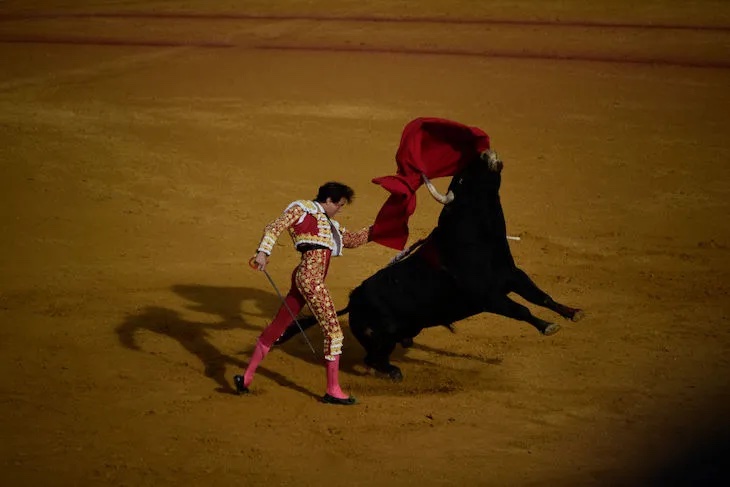










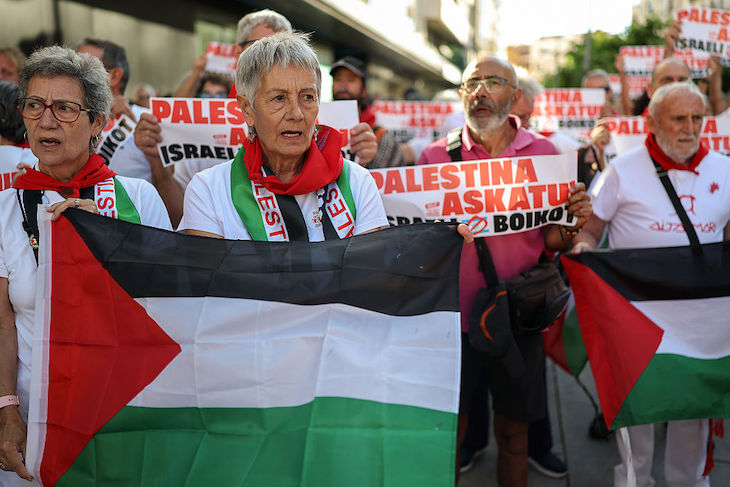
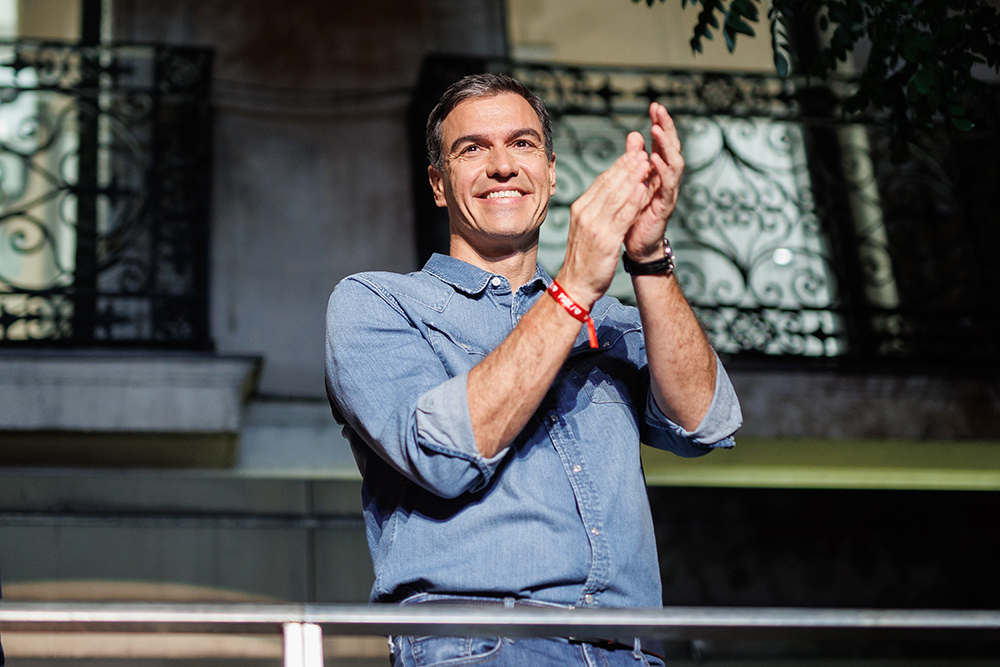

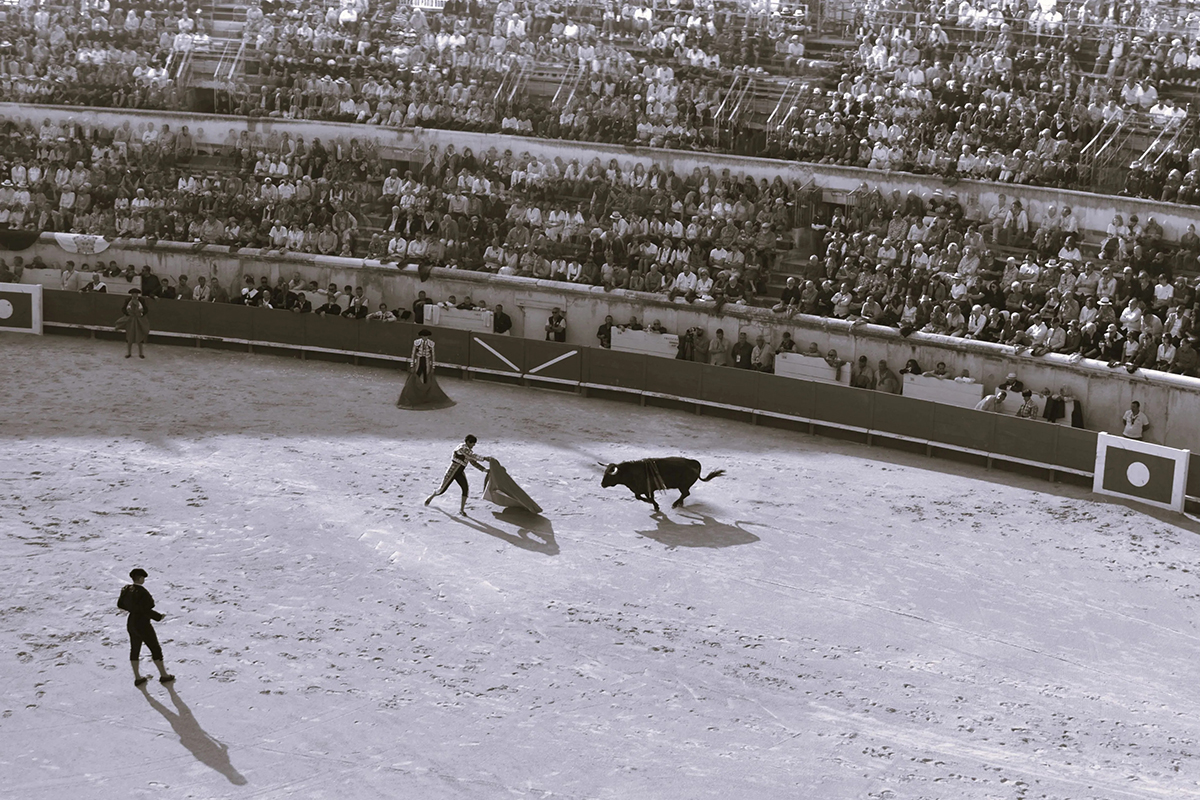
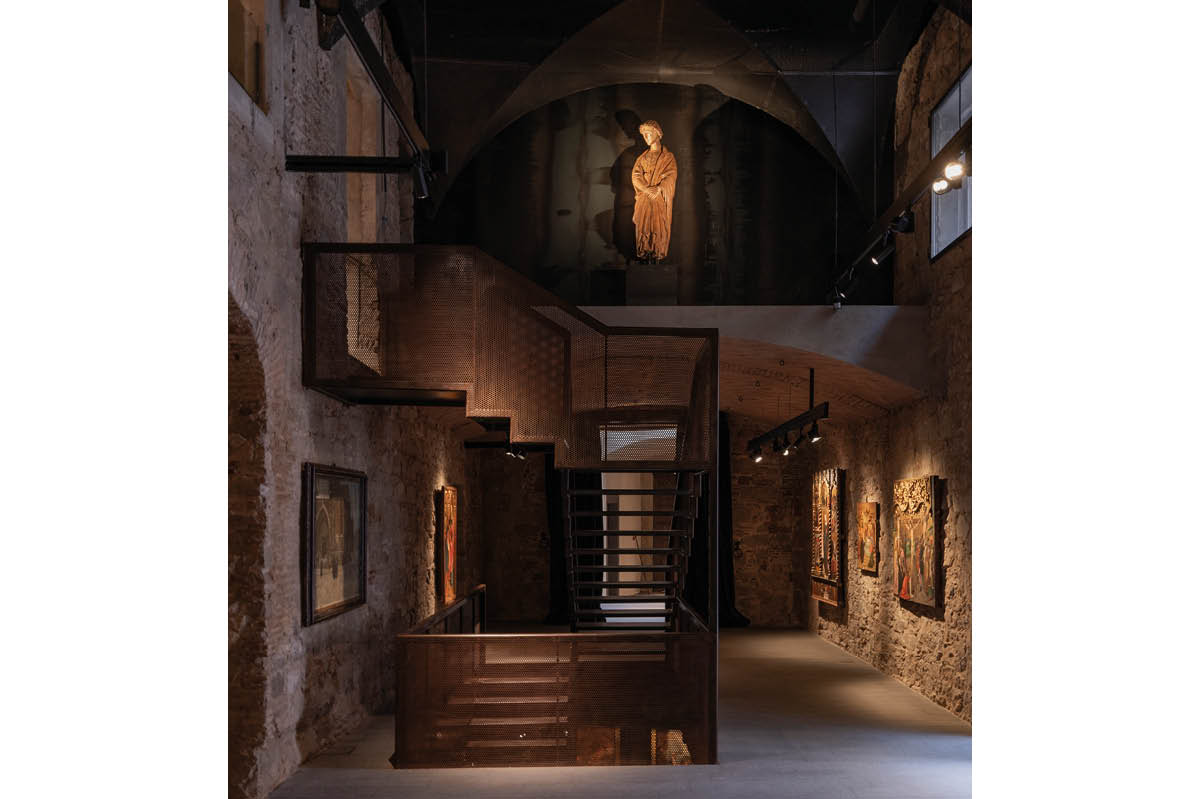







Leave a Reply